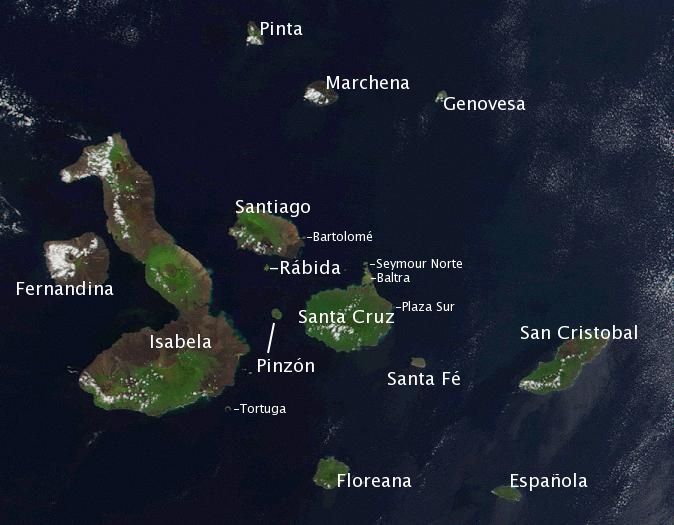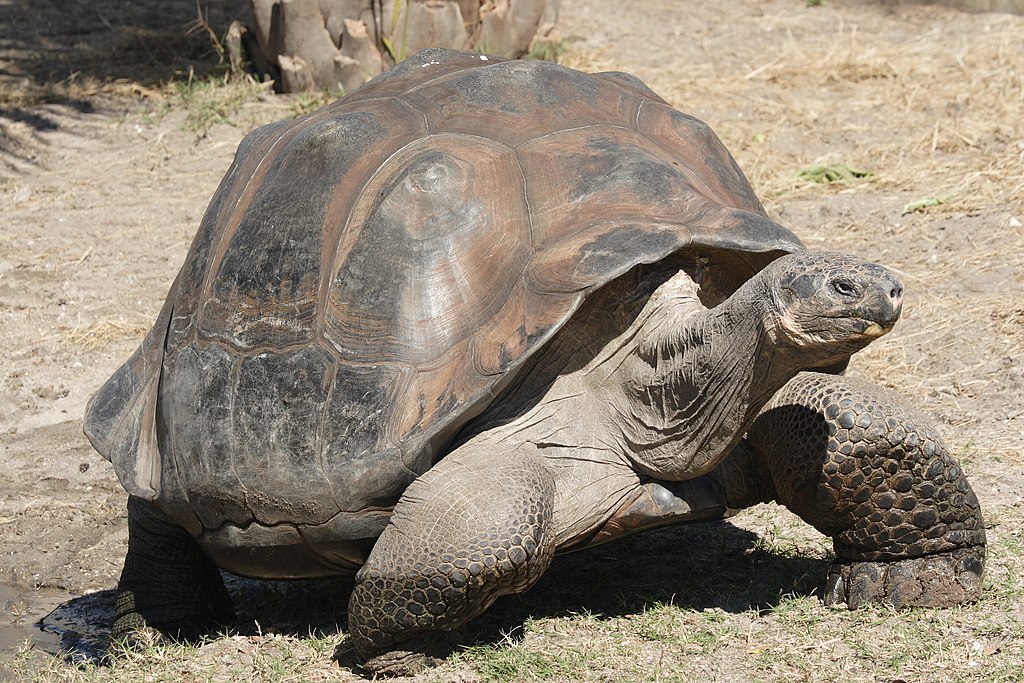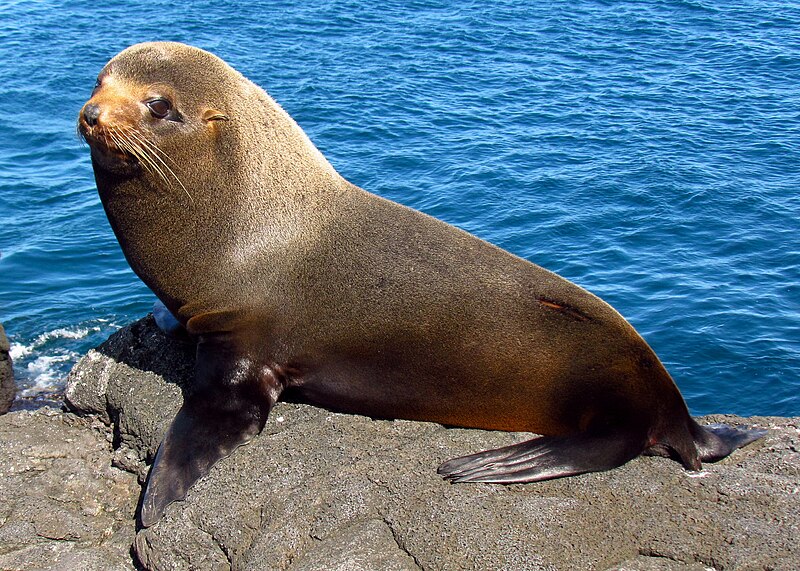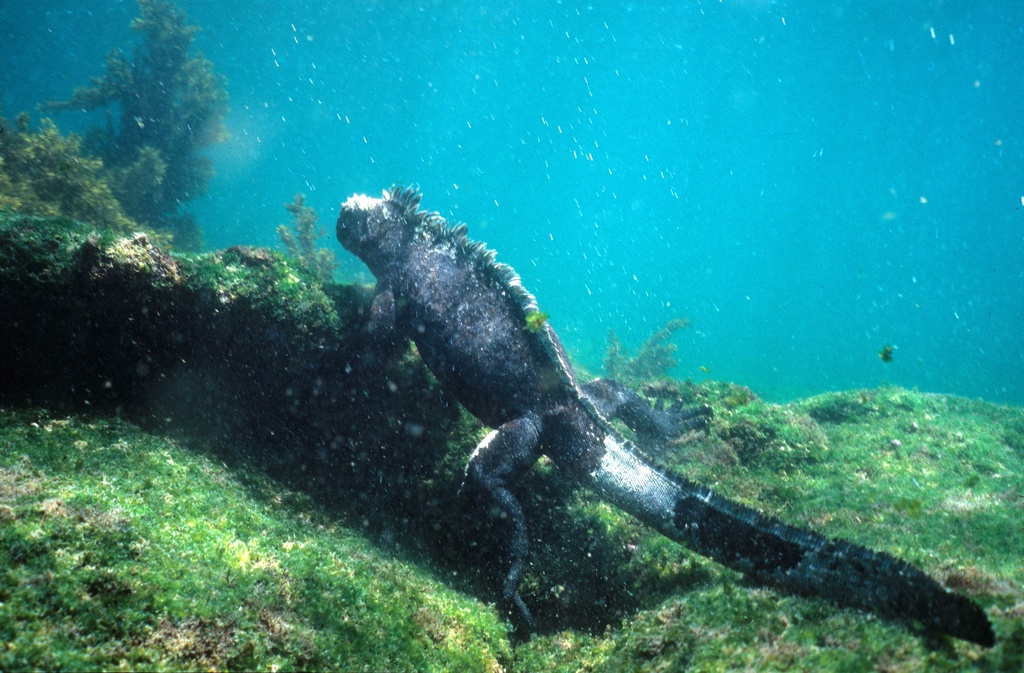2. The Pillaro Diablada
La Diablada de Plaro is a cultural festival and an opportunity to experience Ecuador’s warmth and hospitality.
Participants in the festival dress up in elaborate masks and costumes to dance and parade through the streets, celebrating Andean culture and Spanish colonial history. The Spanish conquistadors and the region’s indigenous peoples influenced the costumes, resulting in a unique cultural fusion.
The event is a true spectacle, with music, dance, and fireworks lighting up the town. It comes with beautiful traditional costumes, and the energy of the celebration makes for an unforgettable experience.











 Minchane:
Minchane:









